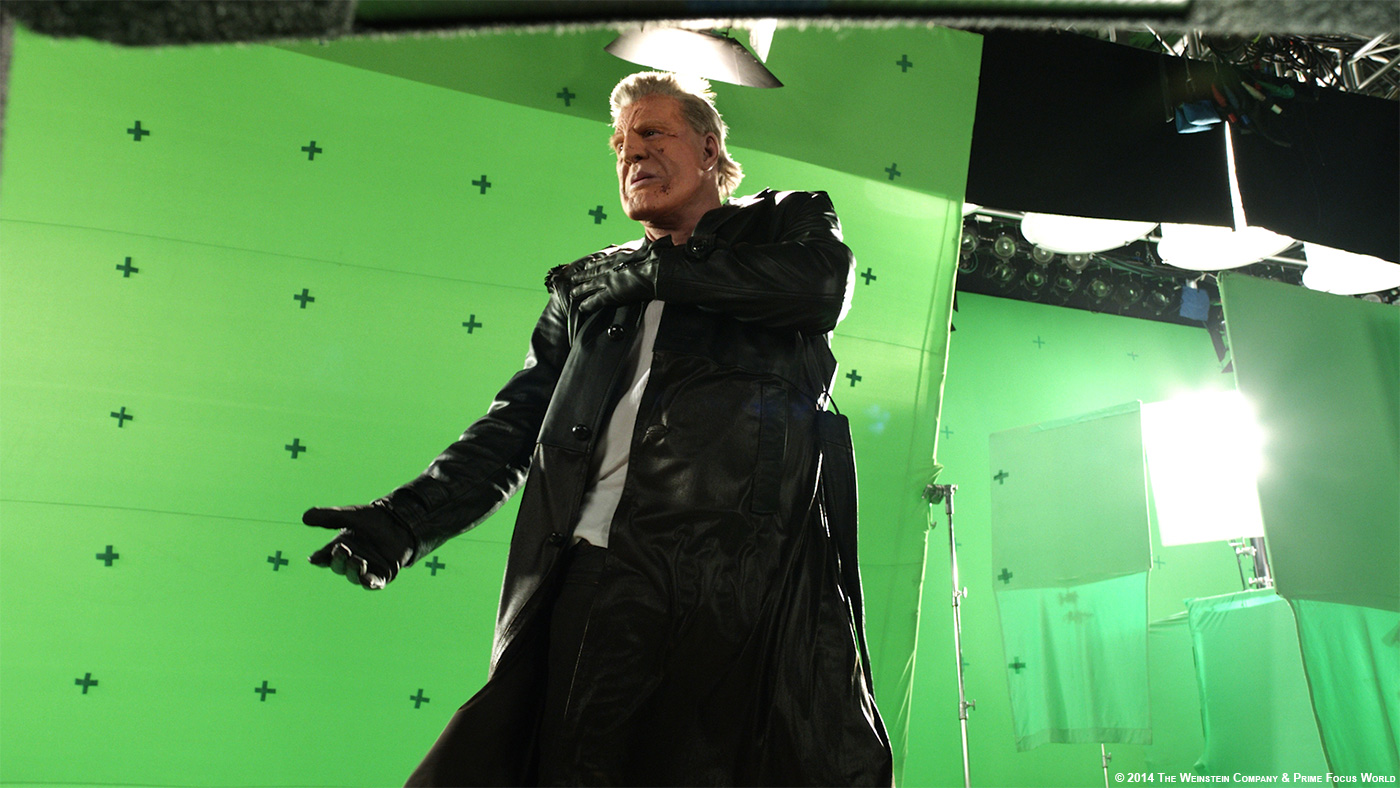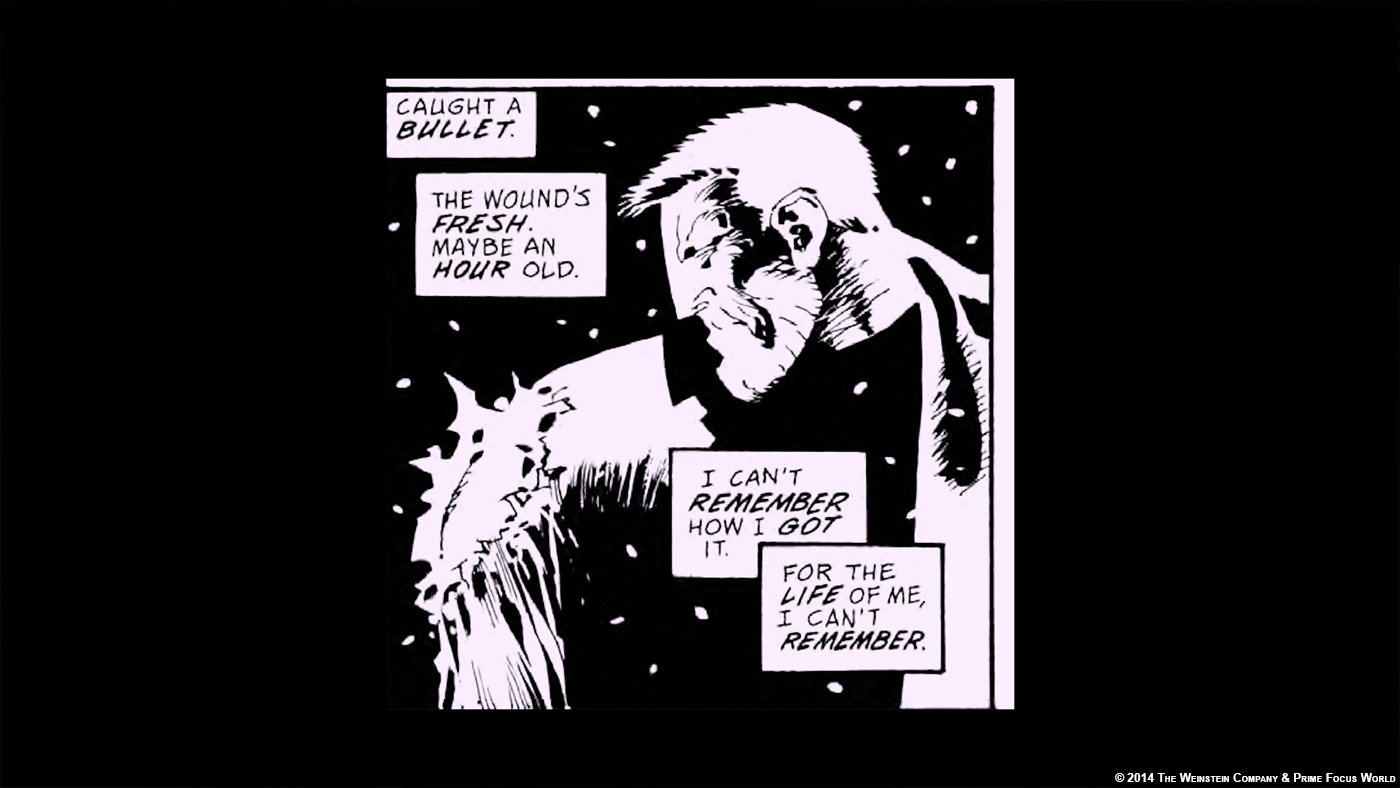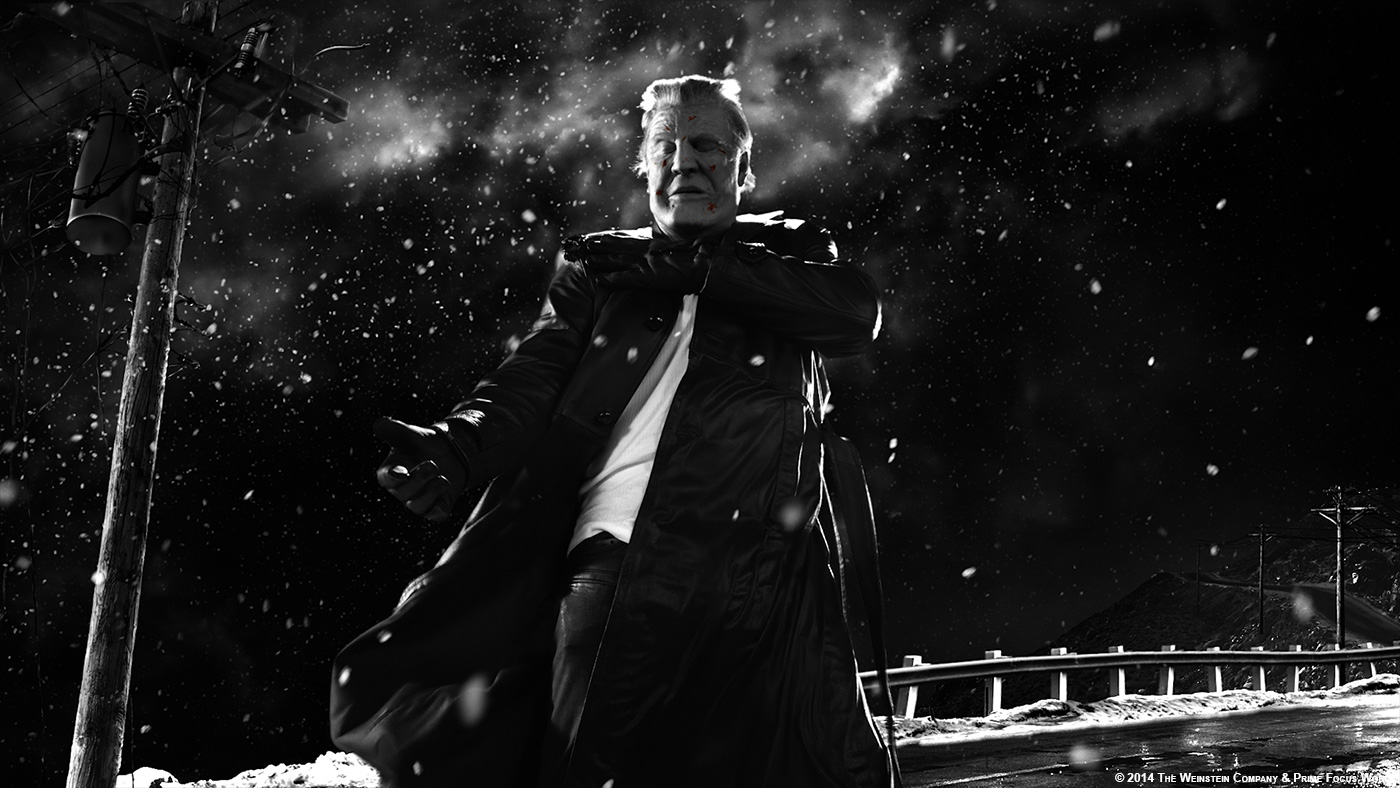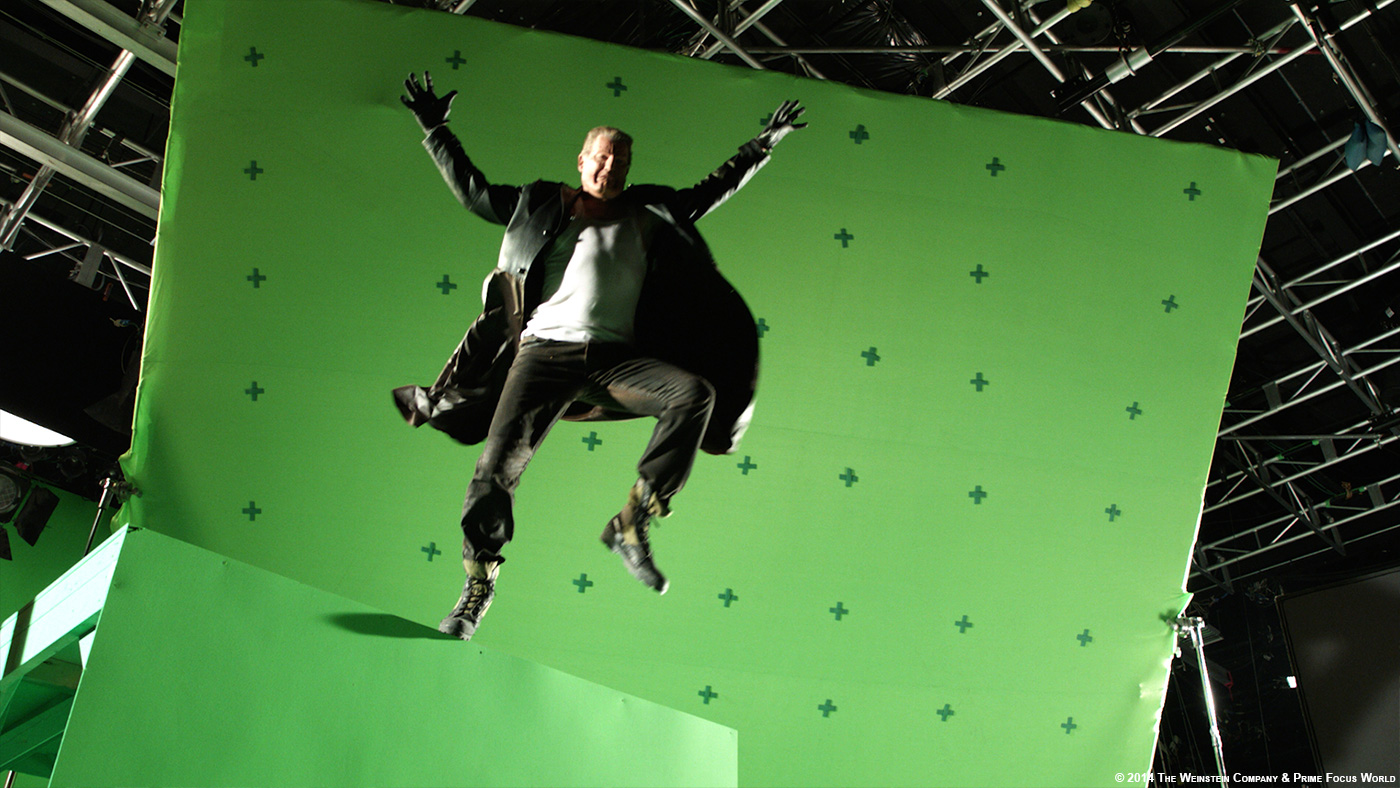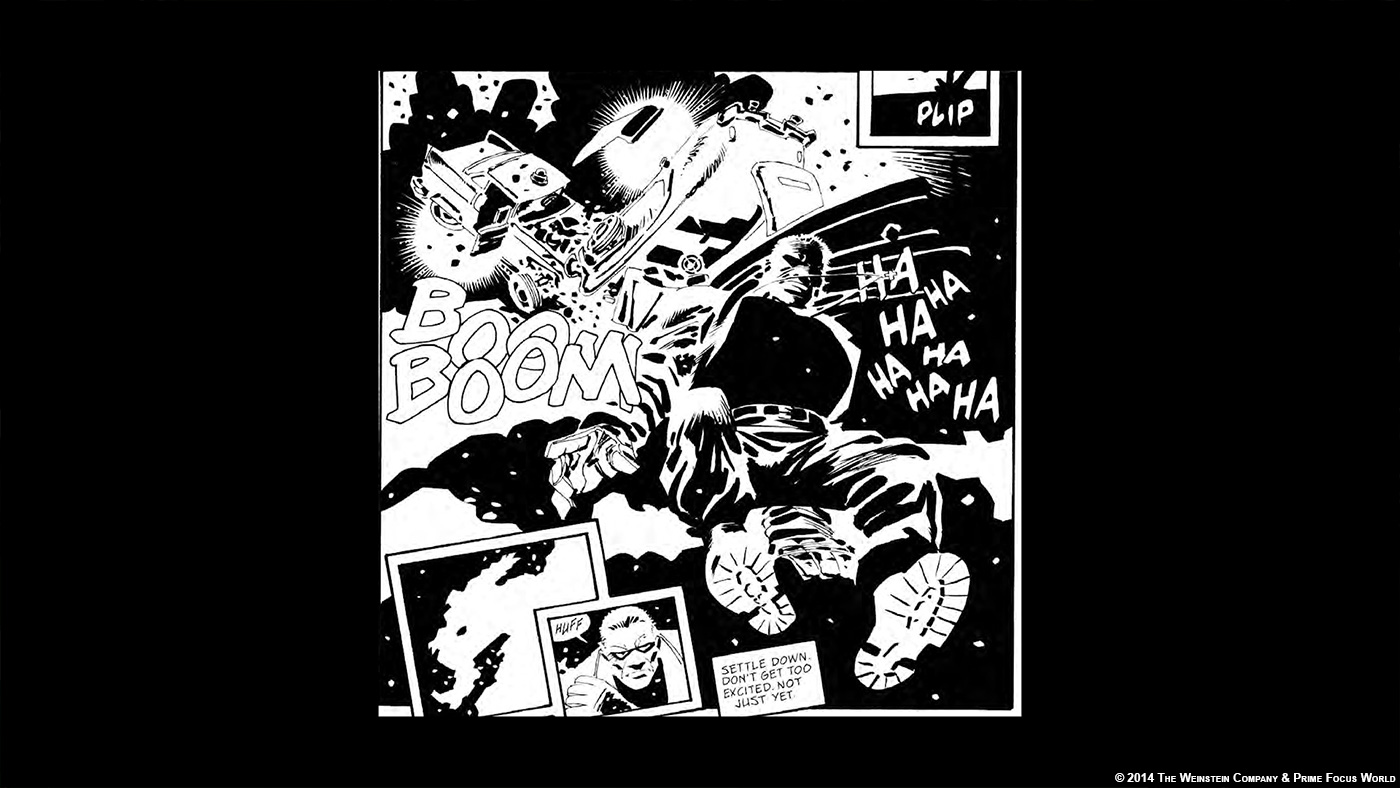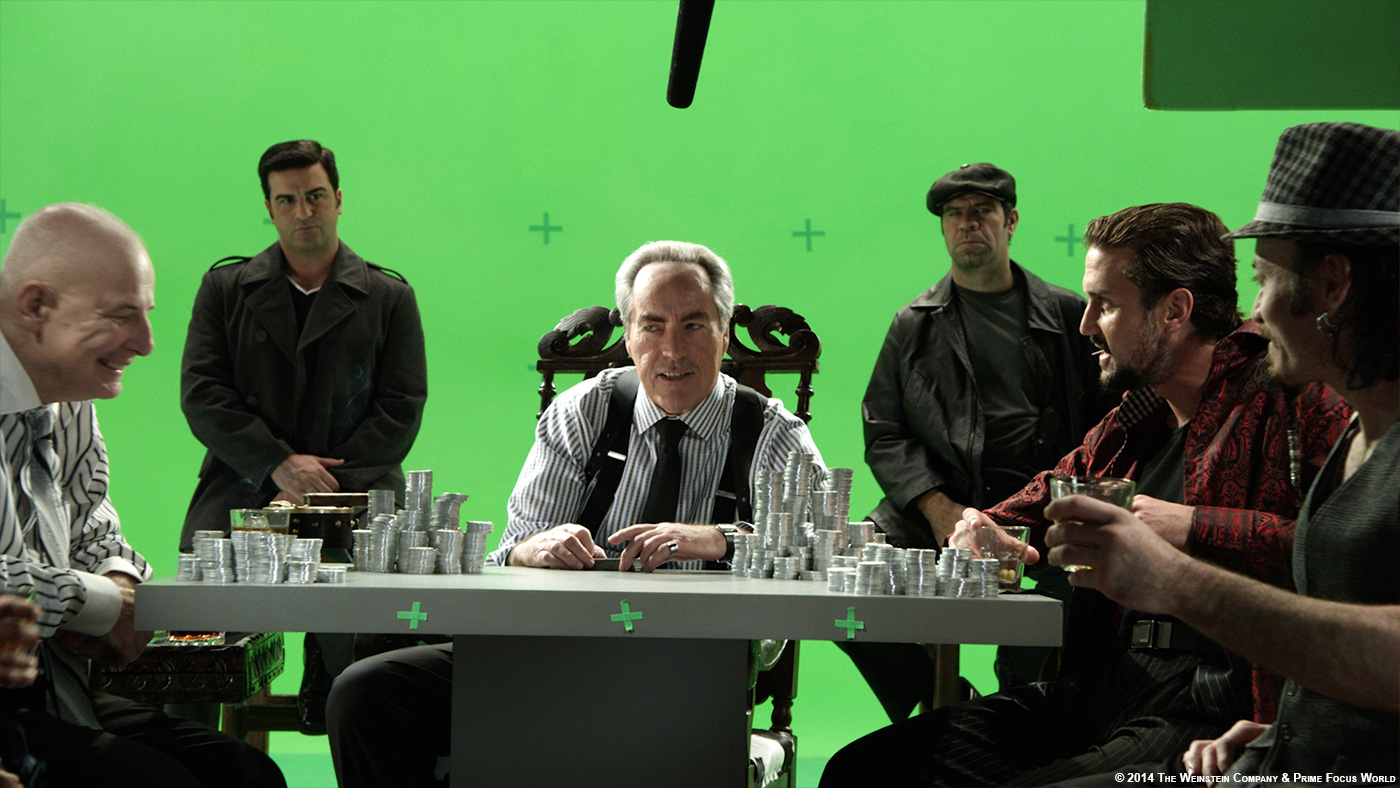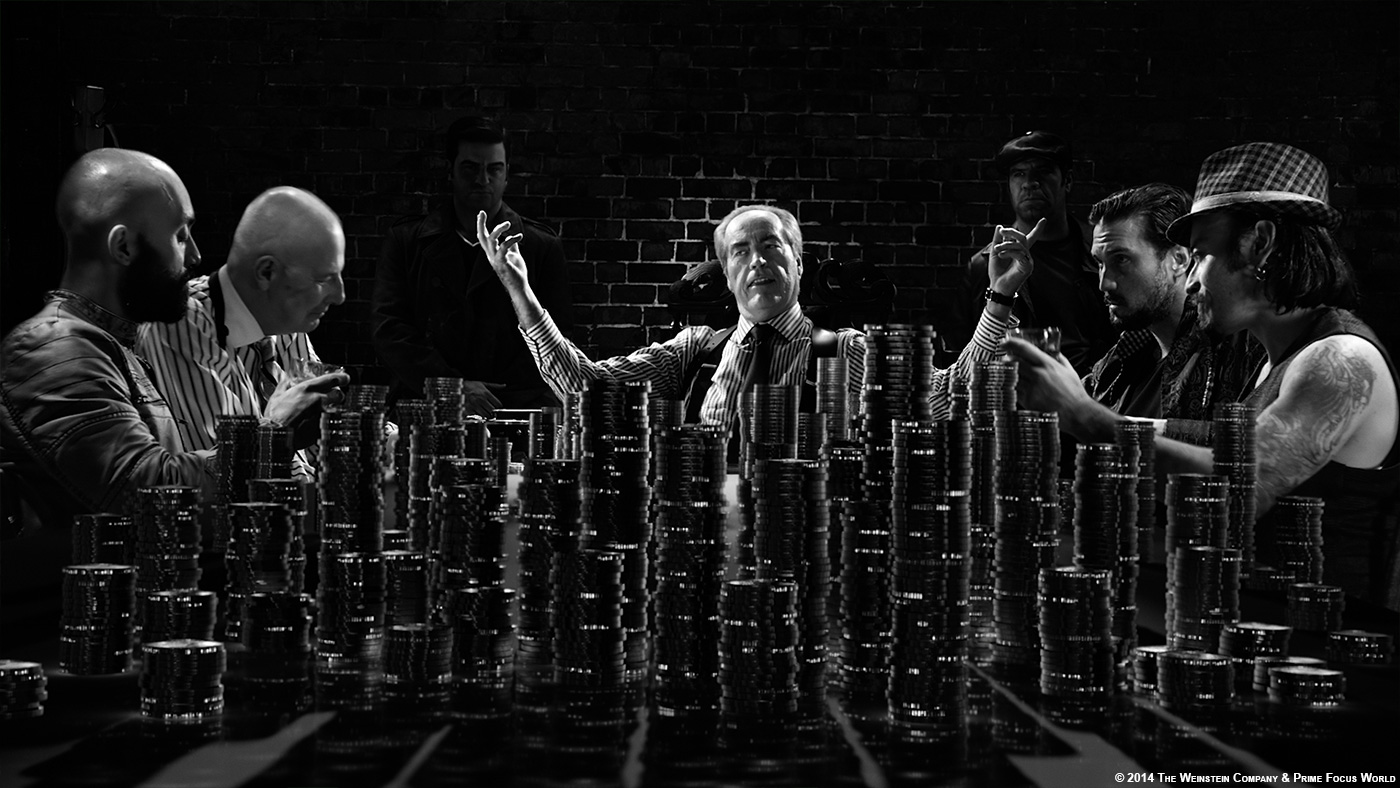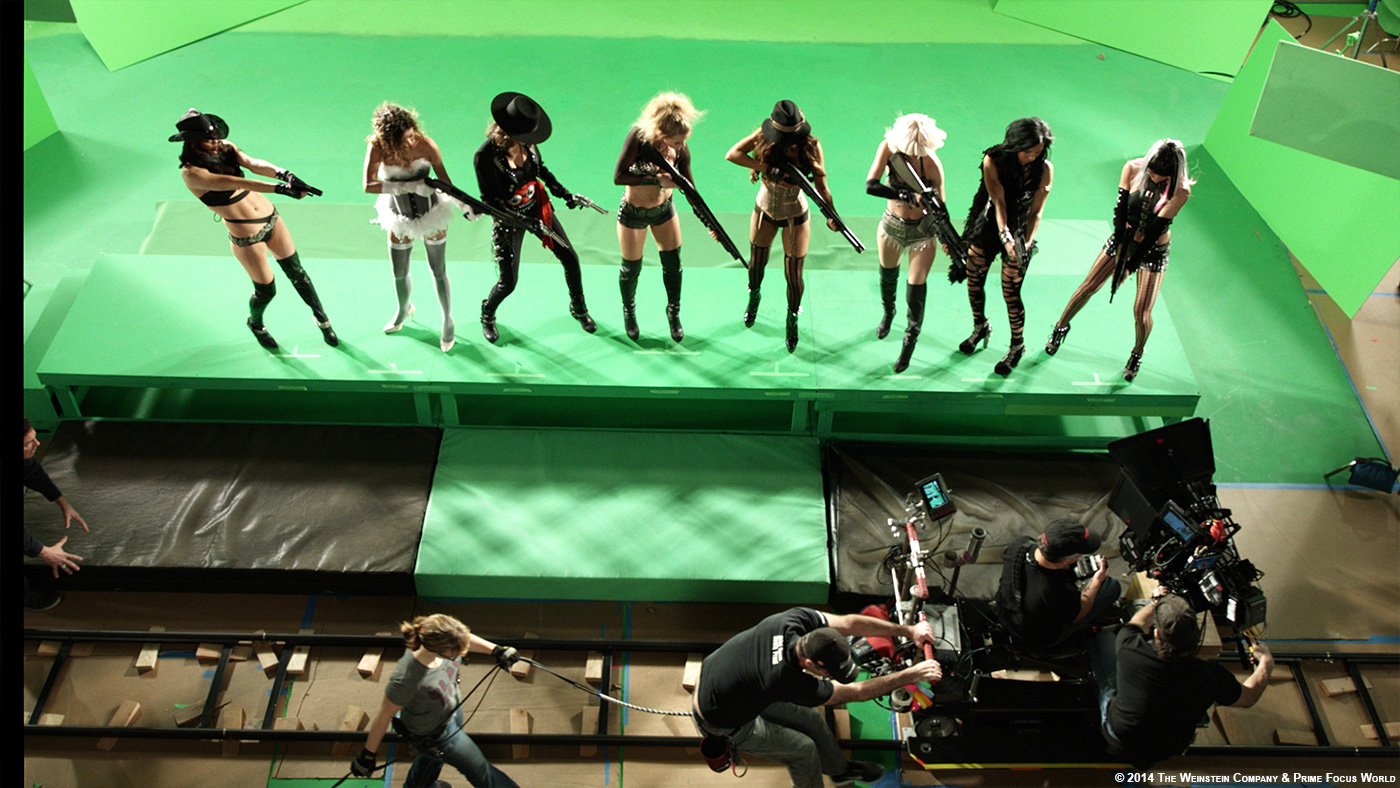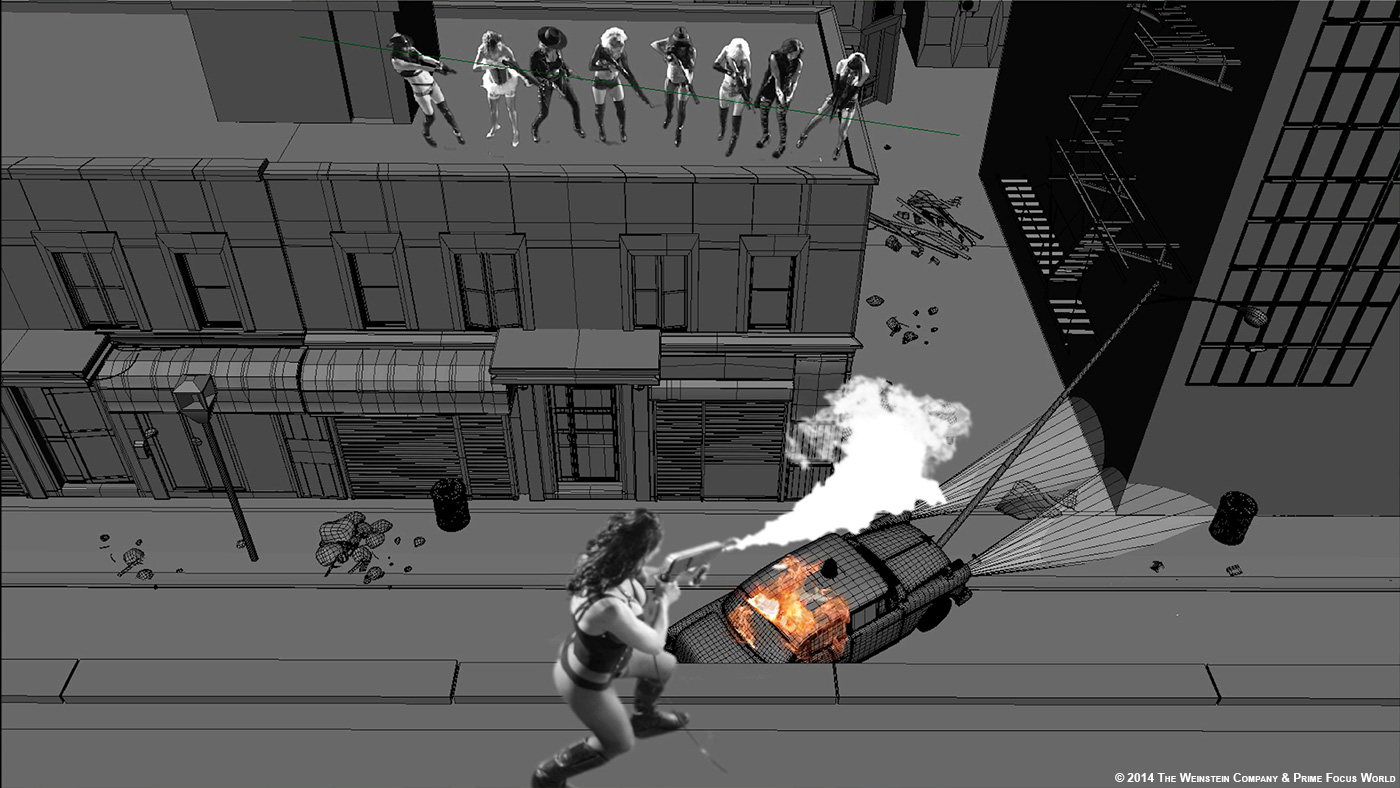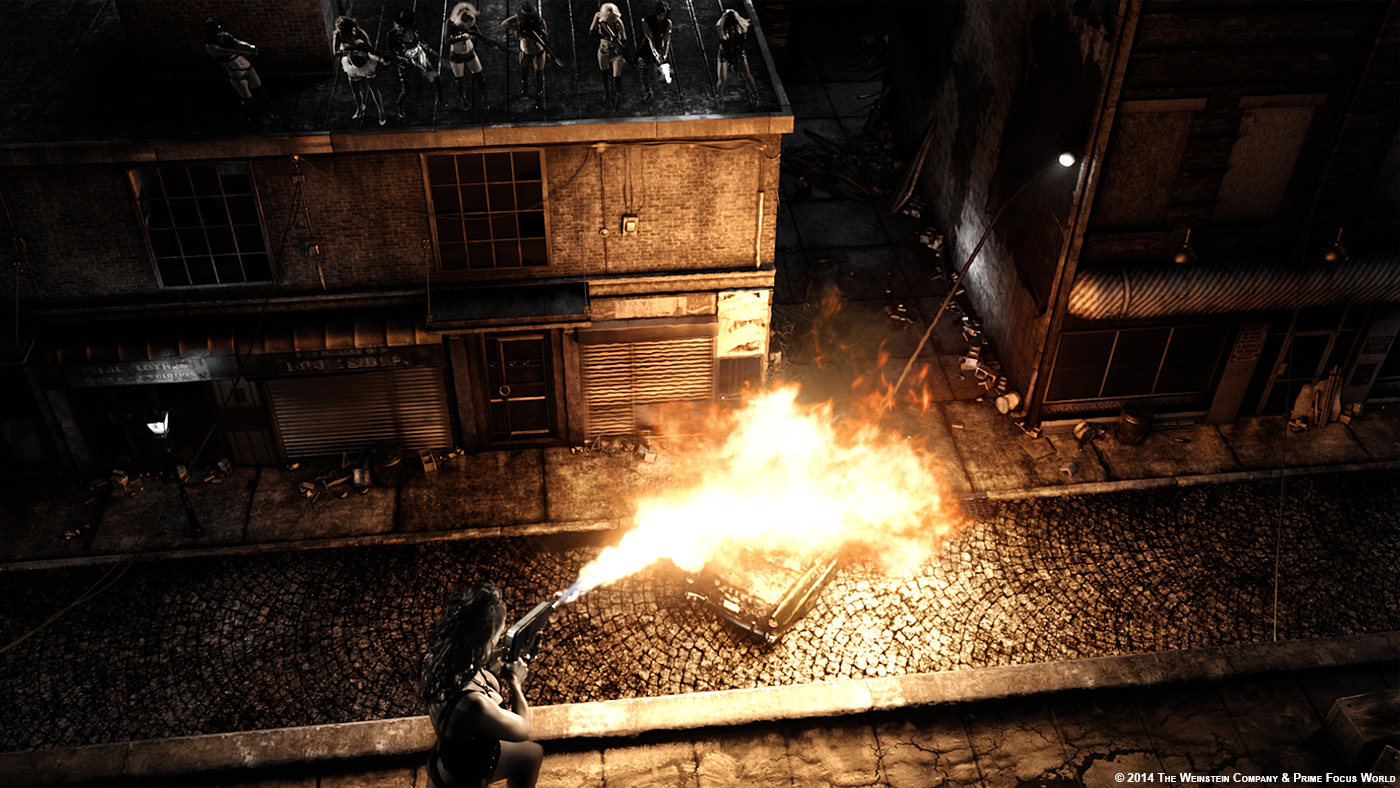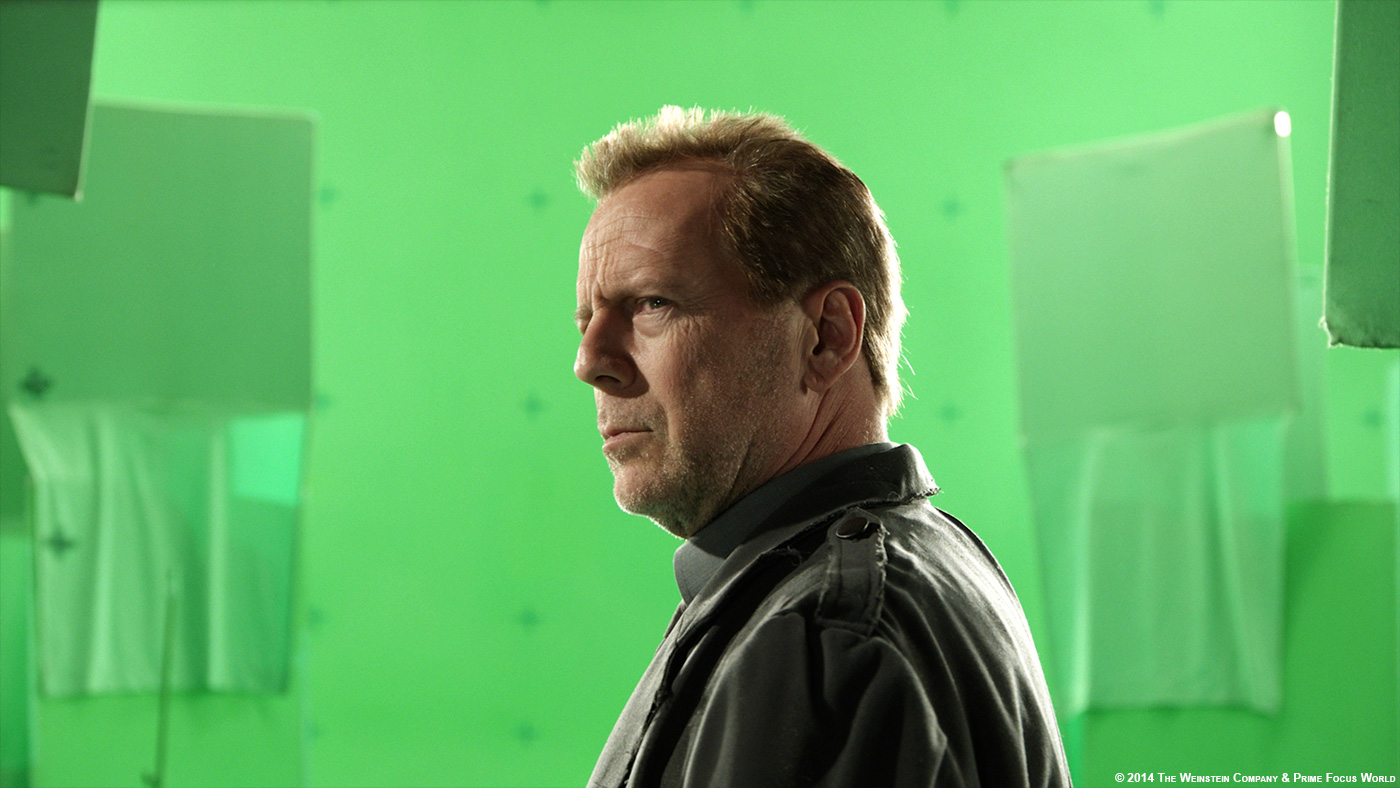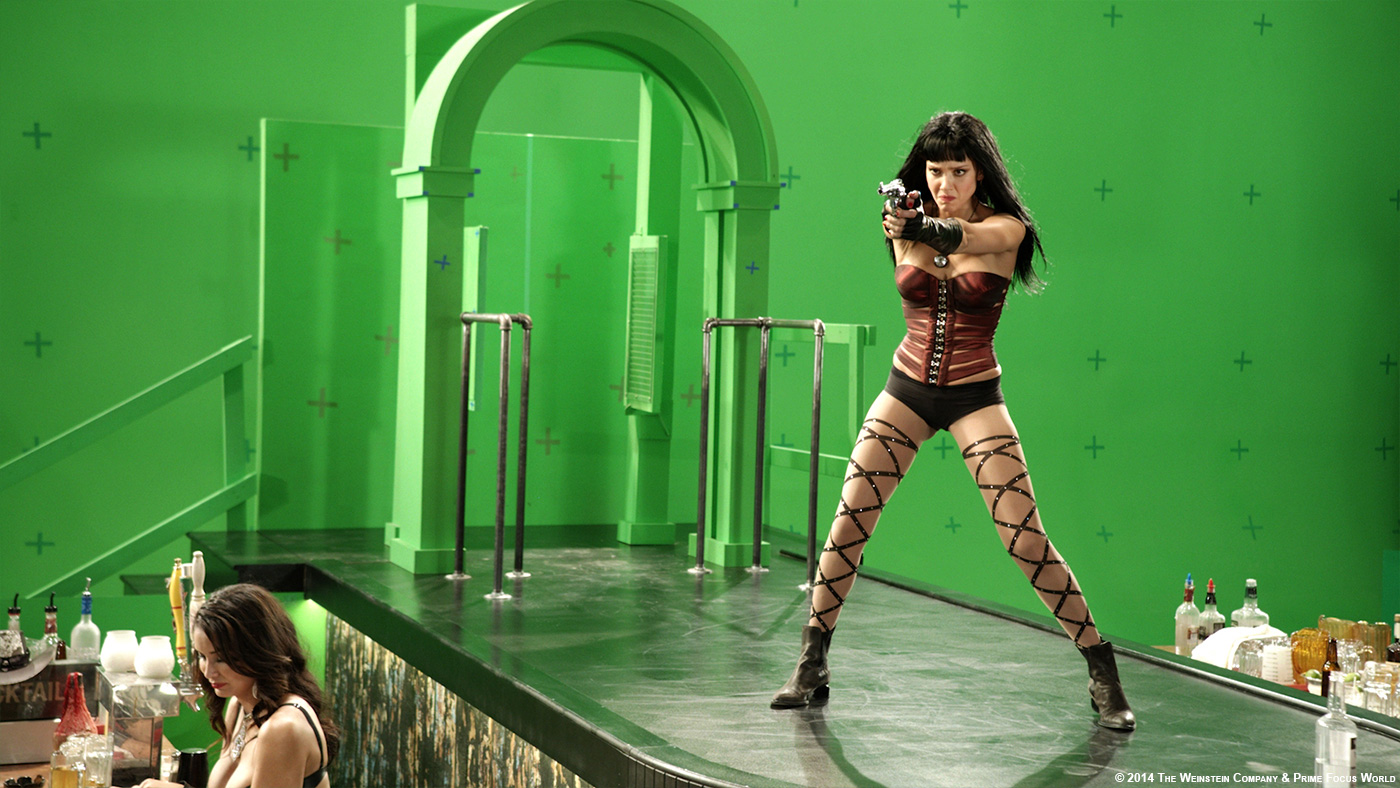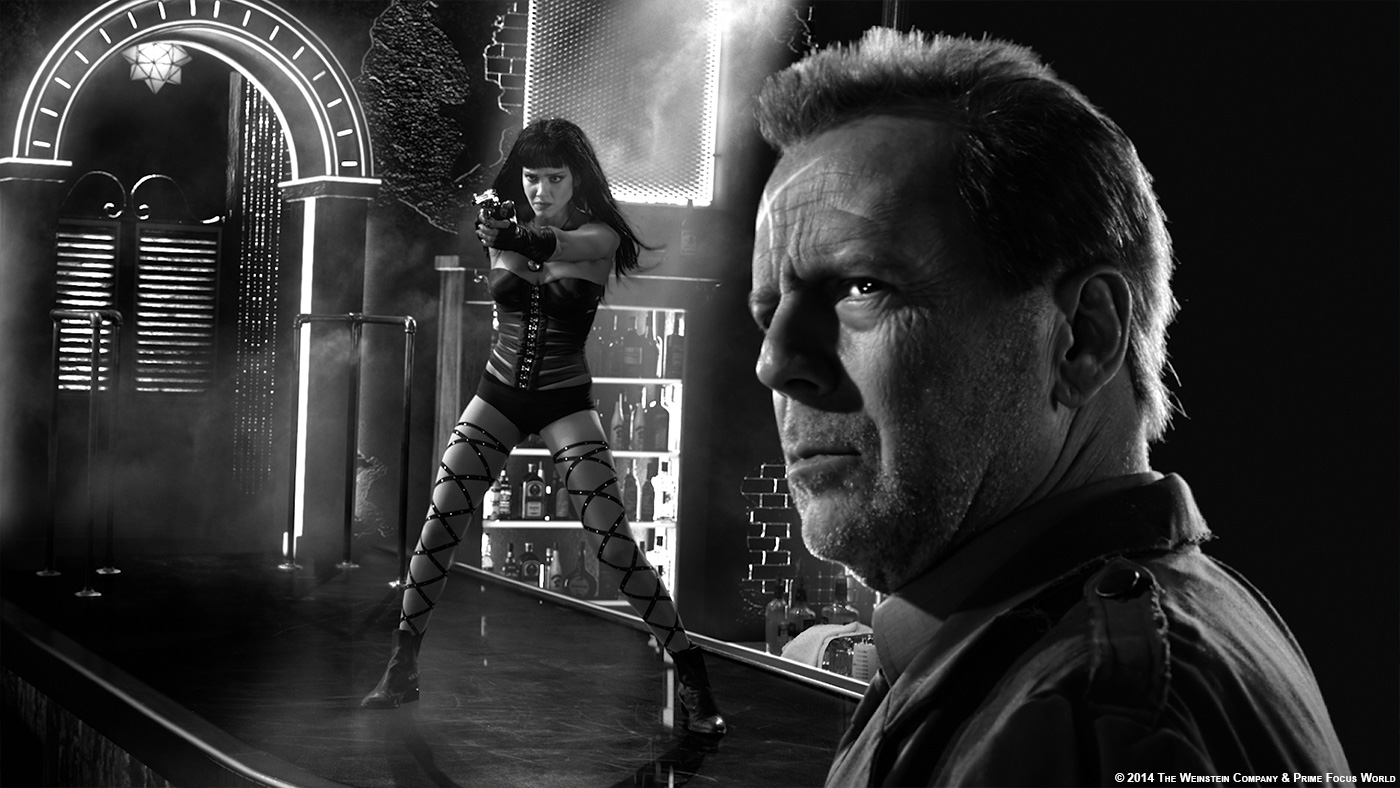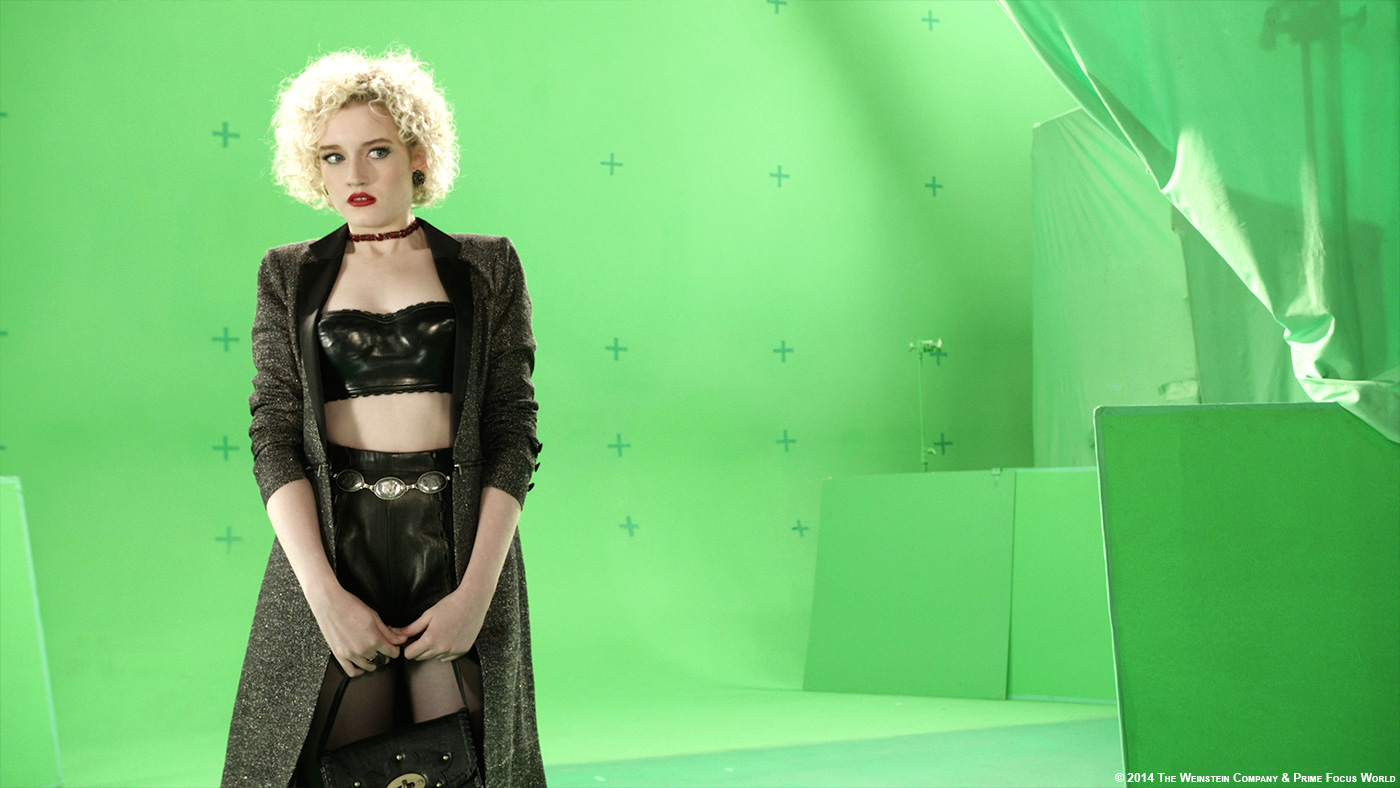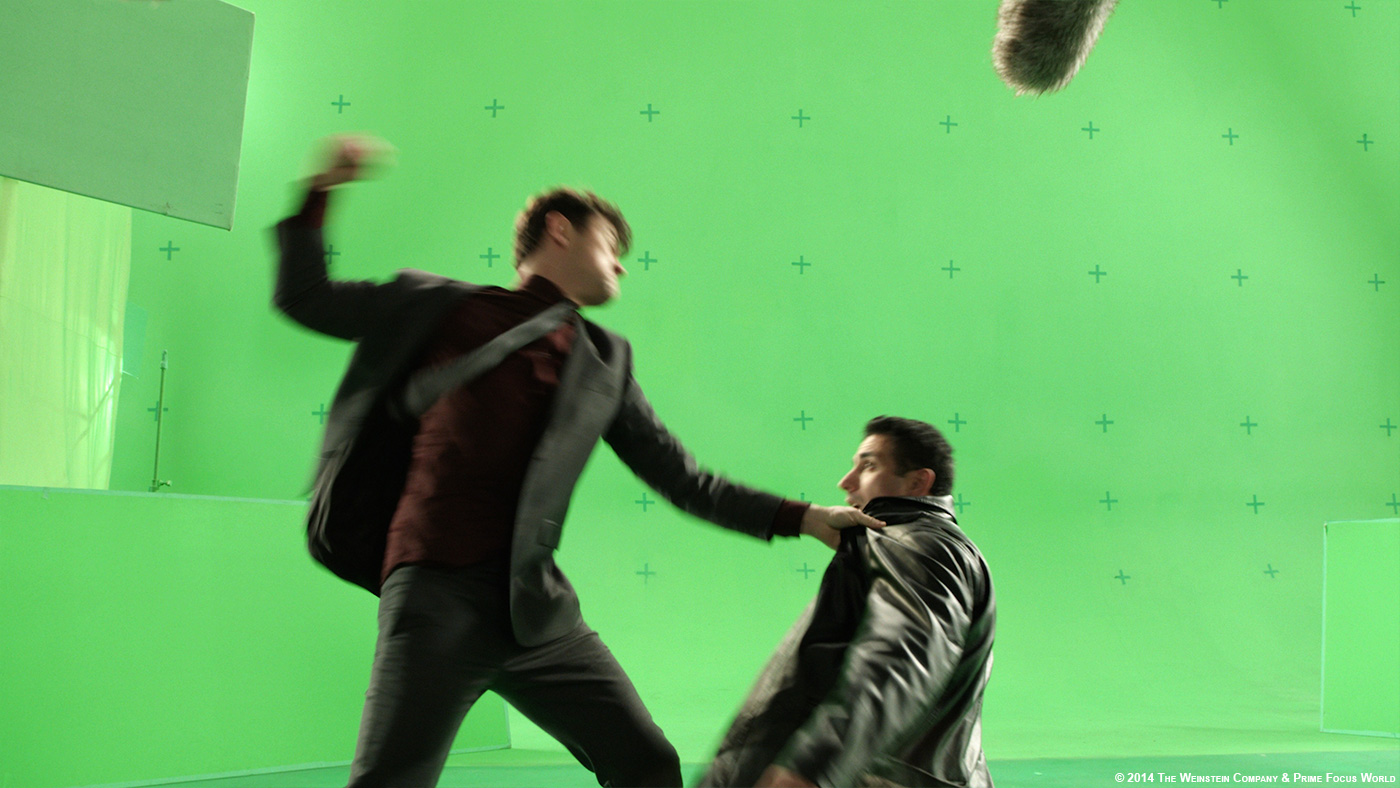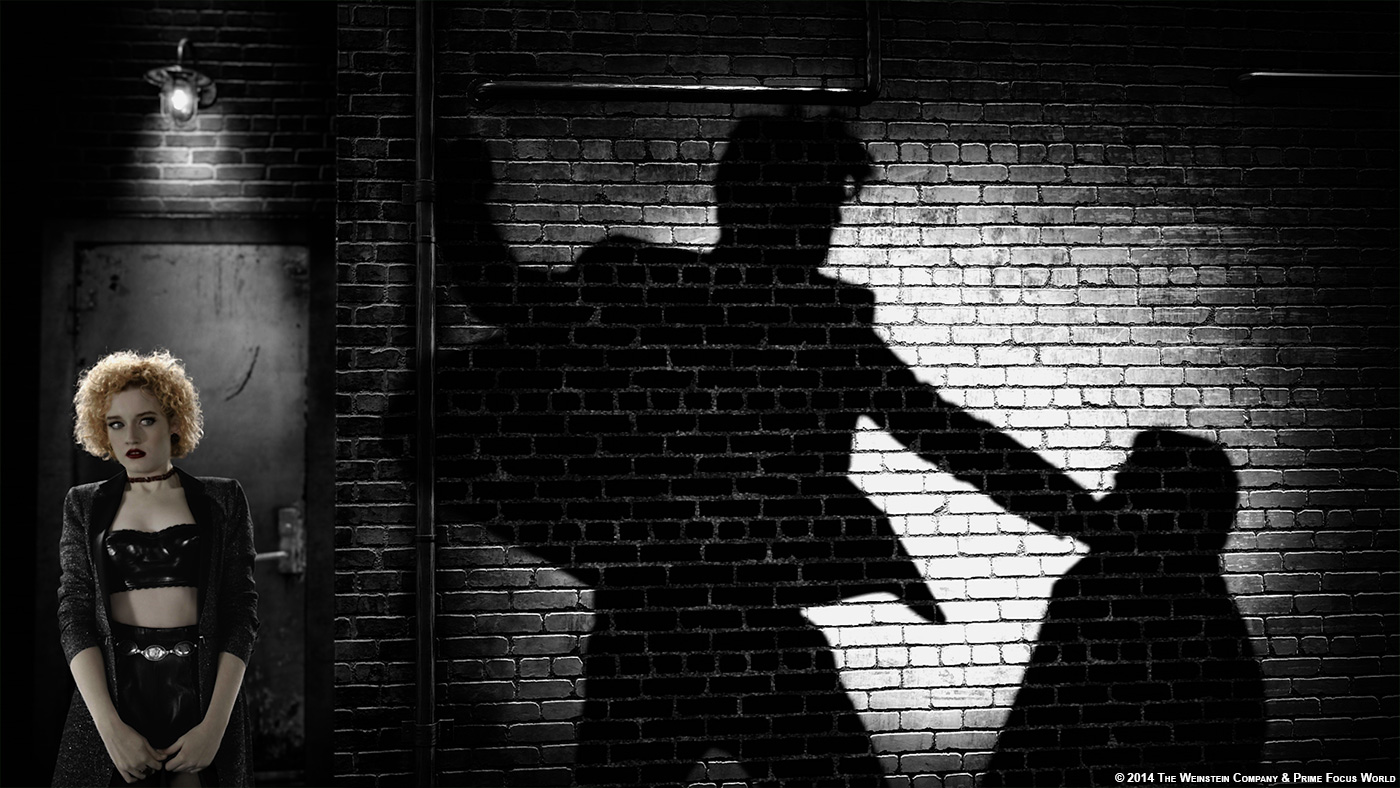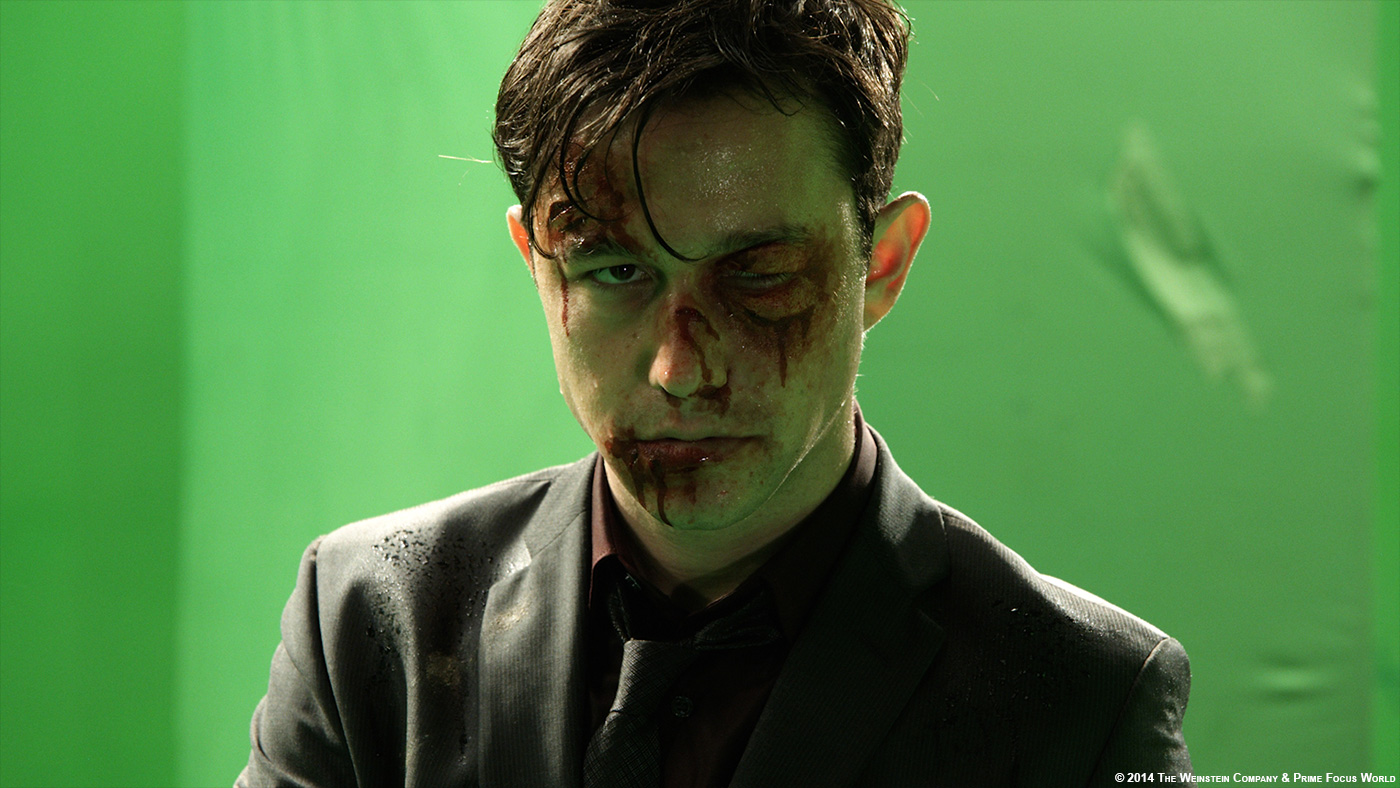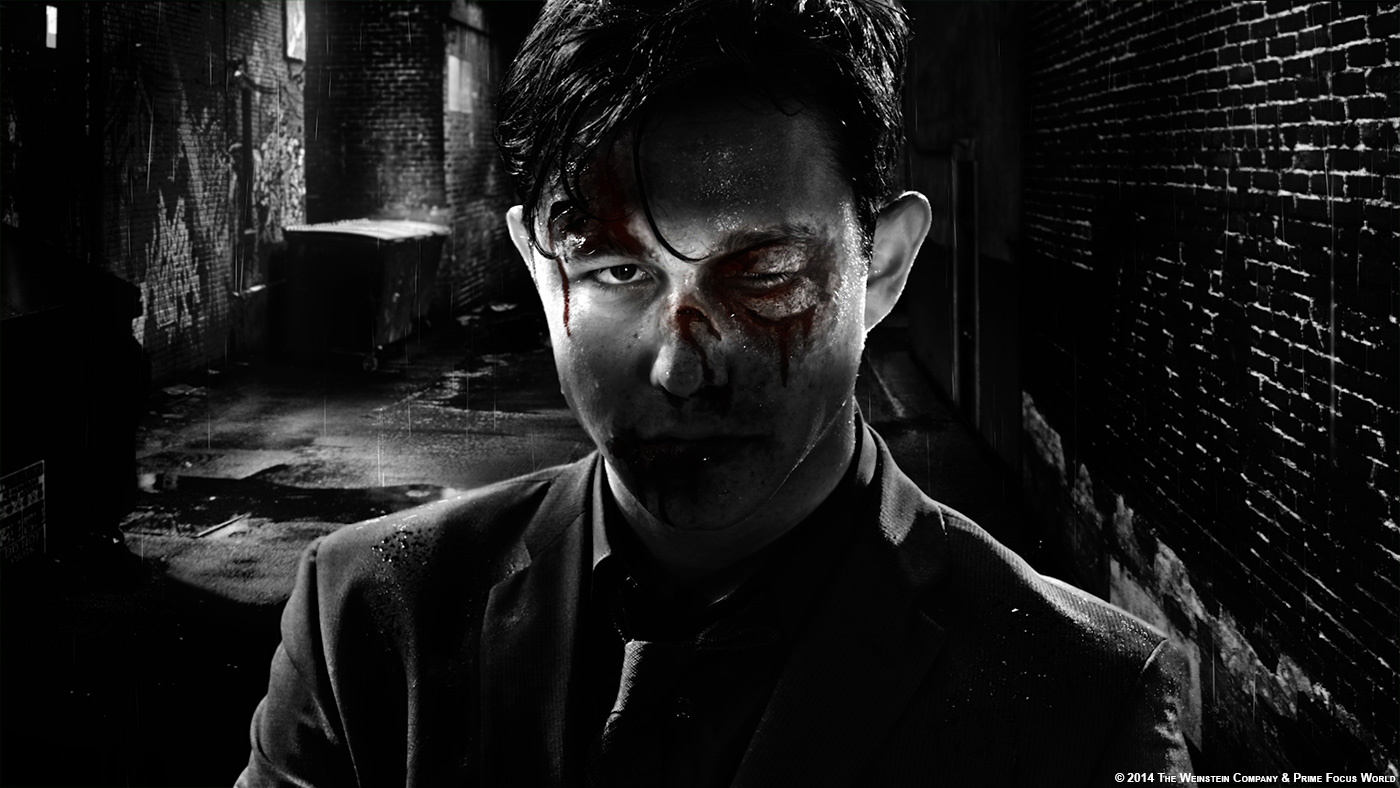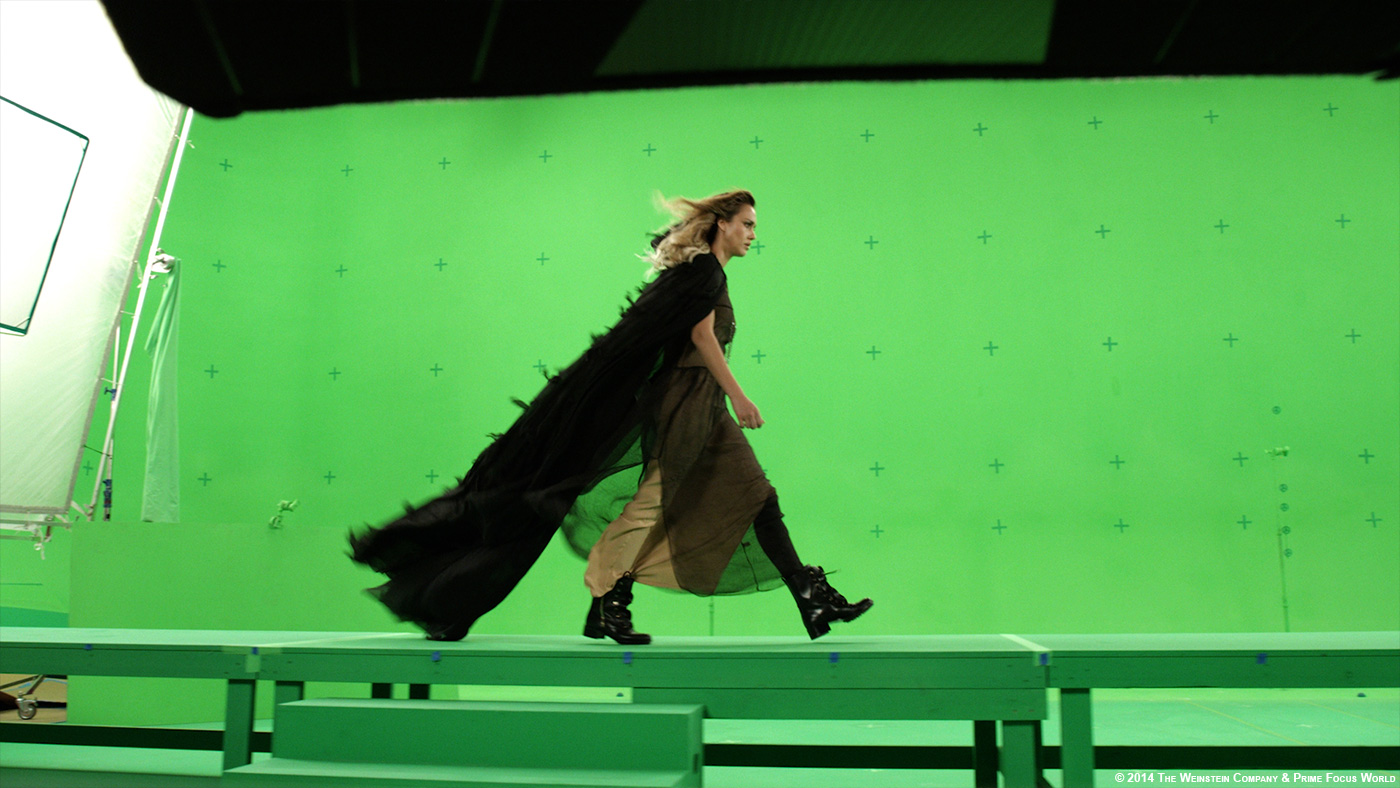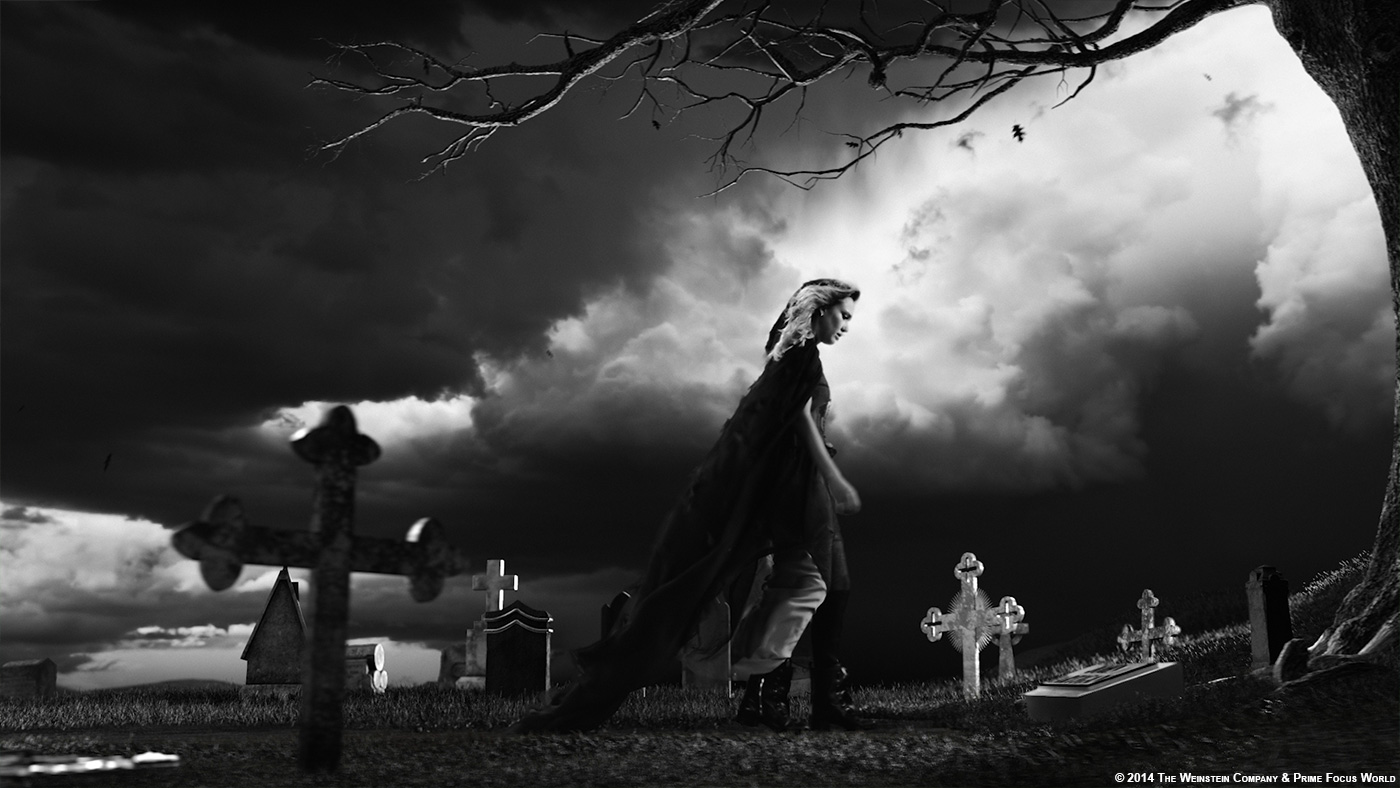Merzin Tavaria co-founded Prime Focus World in 1995. He began his career as an editor. He then became VFX Supervisor and now holds the position of Chief Creative Officer at Prime Focus World.
What is your background?
Starting my career as an editor in 1995 I co-founded Prime Focus along with Namit Malhotra, Huzefa Lokhandwala and Prakash Kurup. From very humble beginnings, and with the help of some amazingly passionate and talented people, we have built the international company that is Prime Focus today. I started of as an editor for TV series and soon graduated to TV commercials, then went on to be a telecine colourist. Following that we ventured into feature film visual effects and I took on the role of Visual Effects Supervisor. Our early success in the film, TV and advertising markets in India led to expansion overseas in 2006, and a couple of years later we were working on our first Hollywood project – AVATAR. In 2009 we officially added 3D conversion services to our Hollywood VFX offering. We started with a team size of zero and built it to a solid team of more than 2500 and since then I’m proud to have led the teams to deliver work on some amazing stereo projects, including GRAVITY, EDGE OF TOMORROW, GUARDIANS OF THE GALAXY and SIN CITY 2.
How did you get involved on this show?
The first SIN CITY, back in 2005, was a ground–breaking, genre-defining film. In a funny twist of fate, it was also the first film that our global CEO Namit Malhotra saw at the cinema when he first arrived in Hollywood. Due to its graphic nature and virtual environments, it was always used as a reference by us. So when this opportunity came by it was almost a dream come true. The teams, including me, were all very excited to jump onto this.
How was the collaboration with directors Frank Miller and Robert Rodriguez?
The cool thing about working with Robert was he gave us complete freedom in the creative. We were working to his brief. He pushed us real hard to achieve what he had envisioned without actually dictating the end result. It gave us the liberty to experiment and show him various options without getting tied down upfront.
Frank Miller’s guidance was of course from the graphic novels which were like a bible for us. Whenever we hit a roadblock in the look we would refer to the graphic novel to check ‘how would Frank do it’.
What was his approach about the visual effects?
First and foremost, Robert wanted to create a world that immersed the audience in the graphic novels of Frank Miller. He also wanted a complete upgrade on the original SIN CITY – he wasn’t going to be happy with SIN CITY 1.1; he wanted SIN CITY 2.0. So what we ended up with was something that was both graphical and yet hyper-real. We tweaked the balance of this throughout the film, so that some sequences focus more on the photo-realism, such as close-ups of Marv, Nancy, the scene with Johnny in the doctor’s office; and others allow for more of the graphic nature to take over, which Robert directed according to what made the most sense for the storytelling.
To further highlight and bring in the Frank Miller touch we isolated some spot colours like the red of the blood or the blue of Eva Green’s dress. In some places we brought in splashes of hard graphic white or black elements. These were termed as ‘Millerisms’. The stereo aspect of the film was always going to be the clincher to push the visual style of the film.
How did you work with Production VFX Supervisor Stefen Fangmeier?
We brought in Stefen after we had started the project to assist with the creative supervision of the show in Vancouver, and he acted as the primary client-facing supervisor to Robert Rodriguez. He was invaluable in ensuring that there was a consistent look to the show as a whole. He helped seal the look of the film and get Robert what he really wanted. Working with the Prime Focus Vancouver Supervisor, Jon Cowley and the Supervisor for the India team, Tim McGovern, Stefen worked tirelessly across time zones with both the teams. It was a wonderful experience to have him guide the team at one session and by the next morning some of those notes were already addressed.
Can you describe one of your days on-set and then during the post?
Robert actually filmed all of the live action in 2012 at his Troublemaker Studios stage in Austin, TX. It was all shot against green screen. When Prime Focus came on board we discussed the possibilities for the VFX with Robert, to understand exactly what he envisioned for the film. Our VFX supervisors in Vancouver interacted with Robert constantly to review different iterations of location layouts, assets and character treatments. There was a lot of creative freedom to play around with different options and combinations and eventually we would narrow it down to a direction that Robert would really like. Though the film was live action, the main filmmaking process actually happened in post.
What was the main difference between this episode and the first one?
Robert Rodriguez didn’t just want more of the same. There is more of an emphasis on photo-realism in this film, mixed in with the stark, black-and-white world of Frank Miller’s graphic novels. Practically speaking as well, the first film is much more a collection of individual parts made by different VFX companies, so different parts of the movie had their own style and look to them. In this film all the VFX and stereo were completed by one company – Prime Focus World – so there is consistency across the look of the film. The stereo aspect of the film brought in a very new dimension to the film and really made the comic book come alive.
What were your main references for the look?
Our main references came directly from Frank Miller’s SIN CITY graphic novels. Robert was constantly directing the team back to the source material. In addition to that, the look dev team in Vancouver also looked at a sizeable amount of film noir references from the 1940s and 1950s to capture the visual cues and techniques used in that style of film. The concept art that was developed for the show proved absolutely critical as it helped us define the look and get a signoff from the director.
Can you tell us more about the previz process?
We did a lot of concept work for Robert, to ensure that we had correctly interpreted the look and feel that he was after. From there we developed storyboards and mood boards that defined the look of the scene and thereon to the movie. Being shot on green screen each sequence had to be set in the virtual world. We followed a character animation principle of sequence based approach for all the shots. It was decided right up front that the live action would be used as an element in a complete virtual scene. This gave us the creative liberty of actually virtually shooting the film, designing the shots and setting up the camera frames to look dynamic and cool.
Can you explain step by step the creation of a typical shot?
After the concept art was approved we would create style frames, taking certain shots and sketching out a more detailed rendition that would more closely reflect the final frame. Robert would pick his favourite style frame and that would be used as a baseboard for creating the layout. We would be very specific in the layout to include every detail – from the pieces of furniture in the rooms to the garbage in the street.
Each location, each set piece had to be selected and art directed. The design on the wallpaper, the type of fan on the table, the amount of wear and tear on the table, everything had to be detailed out up front. Based on the concepts the asset team in India built a whole library of elements that were put into the scene by the layout artist.
The layout stage is where the cameras actually got a language. Keeping design principles in mind the layout team brought in style and design to the frames and blocking. The lighting and comp teams would then jump in to develop the look for that scene. For sequences like car chases, the previz team would first work with rough geometry and set the action in a location predetermined by the supervisor based on the graphic novel. Having concept art for these definitely helped.
How did you approach the creation of the various locations and environments?
Being a greenscreen movie meant each shot had to be placed into a scene that had to be built from scratch. If there was a nail on the wall it had to be generated. We built 65 fully CG locations for the movie, and each one had to be designed and created to fit the live action that had been shot. There was an incredible amount of production design required – the ‘set construction’ itself, and then the ‘set decoration’ – what furniture to place in the scene, what paintings to hang on the walls, what the wallpaper looked like, what the carpet looked like. There was a lot of artistic licence, but everything had to be grounded in reality. The look of the movie was very distinct. A combination of Hells Kitchen New York and Mullholand Drive, Los Angeles. The period was a mix of Noir as well as present. Each set piece had to resonate that.
What was the most complicated environment to create and why?
The Manor, where Ava played by Eva Green resides, was a large undertaking because it is such a large property. This was going to be the heaviest asset that we were going to build. We had several sub-locations within that one location, and there was very little in terms of practical sets or props for those shots, so we were very involved in developing the different layouts and environments, both interiors and exteriors. Since a lot of sequences were revolving around it, this was the asset that went through the biggest changes. It had to work in every scene. It had everything from hard surface models like buildings and a swimming pool (which meant generating water), to trees and shrubs which meant heavy vegetation. Since it was covered from various angles we could not approach it as matte paintings, it had to be full cg builds.
Your schedule was just 8 months. How did you manage to make the work in such a short time?
Right from the get go we knew it was going to be a tight timeline. As soon as were green lit the teams jumped into it to start sorting the two big issues, people and technology. We were going to work in two locations separated by time zones. That meant the reliance on technology was going to be massive. As Prime Focus we had not done a show of this scale of more than 2300 shots. The design was going to be, assets and layout in India, shot execution in Vancouver and India. This meant assets had to be synced in both locations and databases needed to be synced up. The pipeline had to be revamped to accommodate all of this. So were developing the pipe even as production started. The other big challenge was of people.
The team in Mumbai had to scale up from 250 to 600. To seat them an additional studio floor had to be built out to have an additional 200 seats. We had picked a team of key international artists, including VFX Supervisor Tim McGovern, to come and lead the team in Mumbai.
Vancouver under the leadership of Jon Cowley crewed up to more than 100 to take on this mammoth task. Stefen Fangmeier stepped in to take the reigns of over-all supervisor working with Robert Rodriguez. I was clear from the start it was never going to be a cake-walk. There were many in the world who doubted this would ever get completed successfully. But with great pride and joy I can say we did complete it and actually quite smoothly. The Prime Focus teams across the globe truly came through and delivered an awesome looking product.
Can you explain in detail about your VFX and stereo pipelines?
When we started the project we were very clear that this was unlike any of the previous films that we had done. This was not going to happen by just following the same process that we had other shows. This had more shots, more creative requirements, and a very specific workflow that had to be designed and tailor-made specifically for working on this film. The dependence on technology was going to be much higher, the dependence on process was going to be much more. Our pipeline was not geared to handle this many shots. The topmost challenge was to develop the global pipeline to manage the assets and shots version numbers, across sites, globally. Tools had to be developed to automatically sync thousands of published assets between India and Canada. This helped the production to track and keep all shots updated in all locations. The production dailies and the review system were also refined with newer tools and features to aid the high volume of shots going through the pipeline and quickly update the artist with notes and annotated frames. We used a combination of RV Sync and cineSync to do our cross site supervisor reviews.
The challenge of maintaining the SIN CITY look of the film was solved using customized LUTs across all production applications and review systems. Being such a high contrast, look-based show, Prime Focus developed a set of tools to aid artists to analyse and maintain consistent image details in both the shadow and highlight of the shots/sequence. Having to do the heavy lifting of doing the layout for 2300 shots the layout department needed custom tools to be developed to use an animation workflow of sequence-based approach, where all the cameras for the scene had to be set like an animation pipeline as it was a complete virtual set. These tools had to be refined as the production progressed.
Being a stereo conversion powerhouse we were able to bring our expertise to help make the VFX and conversion pipeline more seamless. We saved a lot of time and effort by not having to render out all stereo backgrounds and instead used our conversion expertise to convert the CG backgrounds to stereo. This was the hybrid approach. Having stereo and VFX being done under one roof helped tremendously.
How was the work split amongst the various offices of Prime Focus?
Vancouver acted as the central “hub” for client-facing production and creative supervision. The look development and art direction was also supervised out of Vancouver. Layout and assets were built by the teams in Mumbai, the high complexity shots which needed a lot of FX and explosions were executed in Vancouver and the vast majority of the shot production happened out of Mumbai.
What was the biggest challenge on this project and how did you achieve it?
The scale of this project was big; it was tremendous in fact. We are grateful to be one of a few companies in the world that is able to handle a project of this scale. With a show of this size, part of the challenge is actually just delivering it! But for me personally, it was also the challenge of convincing everyone, even our own teams, that we could do it, that it was possible. It was amazing to see how the teams came together to make it happen.
What do you keep from this experience?
I think the scale of what we achieved. The teams at the end of the show were happy; jubilant about what we had achieved. Having happy, smiling faces; having a very charged-up team right up to the last day, delivering the final shot, that was a great achievement. Sure we deliver projects all the time, but when you deliver a hugely demanding project such as this, and the filmmaker is very happy with what you have done – that is what makes us all very proud.
How many shots have you done?
We completed 2,282 stereo VFX shots.
What was the size of your team?
The VFX crew topped out at 702, including a crew of 171 in Vancouver and a crew of 531 in Mumbai. The size of the stereo conversion team was 1,500.
What is your next project?
Waiting for the next big one. Smaller shows will keep happening.
What are the four movies that gave you the passion for cinema?
THE GODFATHER
BRAVEHEART
SIN CITY
AVATAR
A big thanks for your time.
// WANT TO KNOW MORE?
– Prime Focus World: Dedicated page about SIN CITY: A DAME TO KILL FOR on Prime Focus World website.
© Vincent Frei – The Art of VFX – 2014


